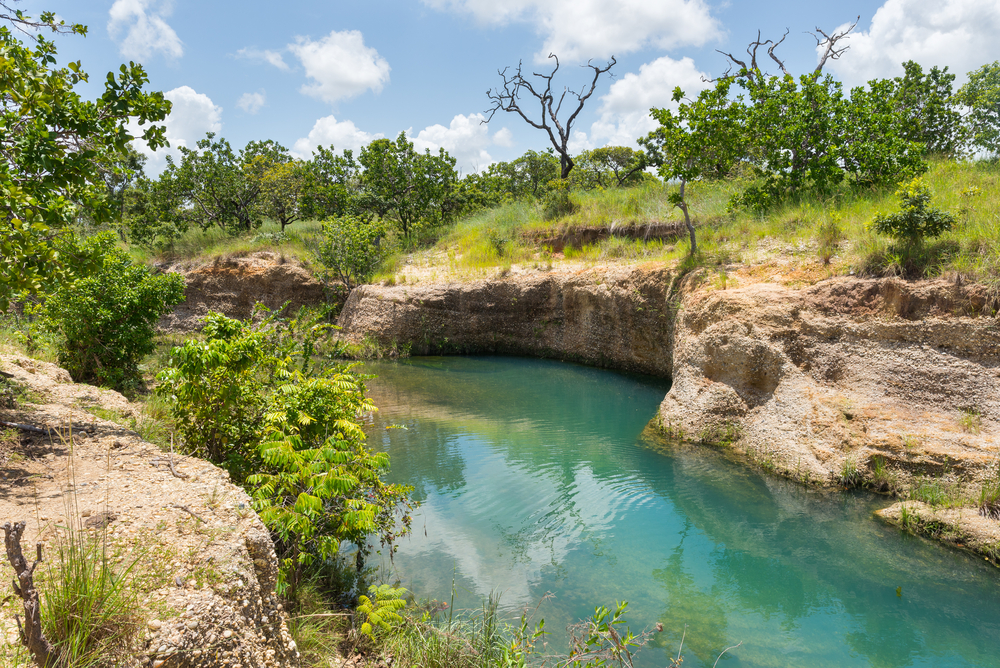Yacambú Overview
Yacambú National Park, or Parque Nacional Yacambú in Spanish, is a protected area located in the state of Lara, Venezuela. Encompassing approximately 145 square miles (376 square kilometers), the park is an essential watershed for the region and is known for its rich biodiversity and lush cloud forests.
It sits in the foothills of the Andes, with elevations ranging from 1,800 to 5,900 feet (550 to 1,800 meters) above sea level, contributing to its diverse ecosystems. The park is centered around the Yacambú River, which plays a vital role in the region’s water supply. The terrain is marked by rugged mountains, deep valleys, and dense forests, with mist often shrouding the landscape. One of the park’s notable geographical features is the Yacambú Reservoir, a crucial water source for the nearby city of Barquisimeto.
The landscape of Yacambú National Park is dominated by montane and cloud forests, creating a habitat for a variety of plant species, including towering trees, ferns, orchids, and bromeliads. The cool and humid conditions support a thick canopy that provides shelter to an array of wildlife.
Among the mammals found in the park, visitors might spot spectacled bears, an elusive and rare species in Venezuela. Other notable mammals include agoutis, sloths, and opossums, which thrive in the dense forest.
The birdlife in Yacambú is particularly diverse, with species such as the Andean cock-of-the-rock, the white-tailed hummingbird, and the colorful tanagers making the park a haven for birdwatchers. Due to the park’s range of altitudes, it serves as a migration corridor for several bird species.
One of the park’s main attractions is the Yacambú Reservoir, an artificial lake created to supply water to Barquisimeto. Although originally intended to provide hydroelectric power, the project faced delays due to the region’s delicate environmental balance. Today, the reservoir is a peaceful spot for visitors to admire the surrounding landscape.
The park offers several hiking trails that take visitors through the misty cloud forests, allowing them to experience the lush vegetation up close. These trails vary in difficulty, with some leading to panoramic viewpoints that overlook the park’s dramatic valleys and forested slopes.
For those interested in exploring the local flora and fauna, guided tours offer an in-depth look at the park’s ecosystem. Birdwatchers in particular will find Yacambú to be an excellent destination for spotting rare and endemic species.
Conservation efforts in Yacambú National Park focus on protecting its fragile cloud forest ecosystem, which is threatened by deforestation, illegal farming, and climate change. Due to its importance as a water source, preserving the park’s environment is a priority for both local and national authorities.
While there have been challenges in maintaining its ecological integrity, efforts to control land use and encourage sustainable tourism have been implemented. Environmental organizations and researchers continue to study the park’s unique biodiversity to promote better conservation strategies.
With its rich natural beauty and ecological significance, Yacambú National Park remains a vital part of Venezuela’s protected areas, offering visitors the chance to explore a pristine Andean cloud forest while supporting conservation efforts.












































































